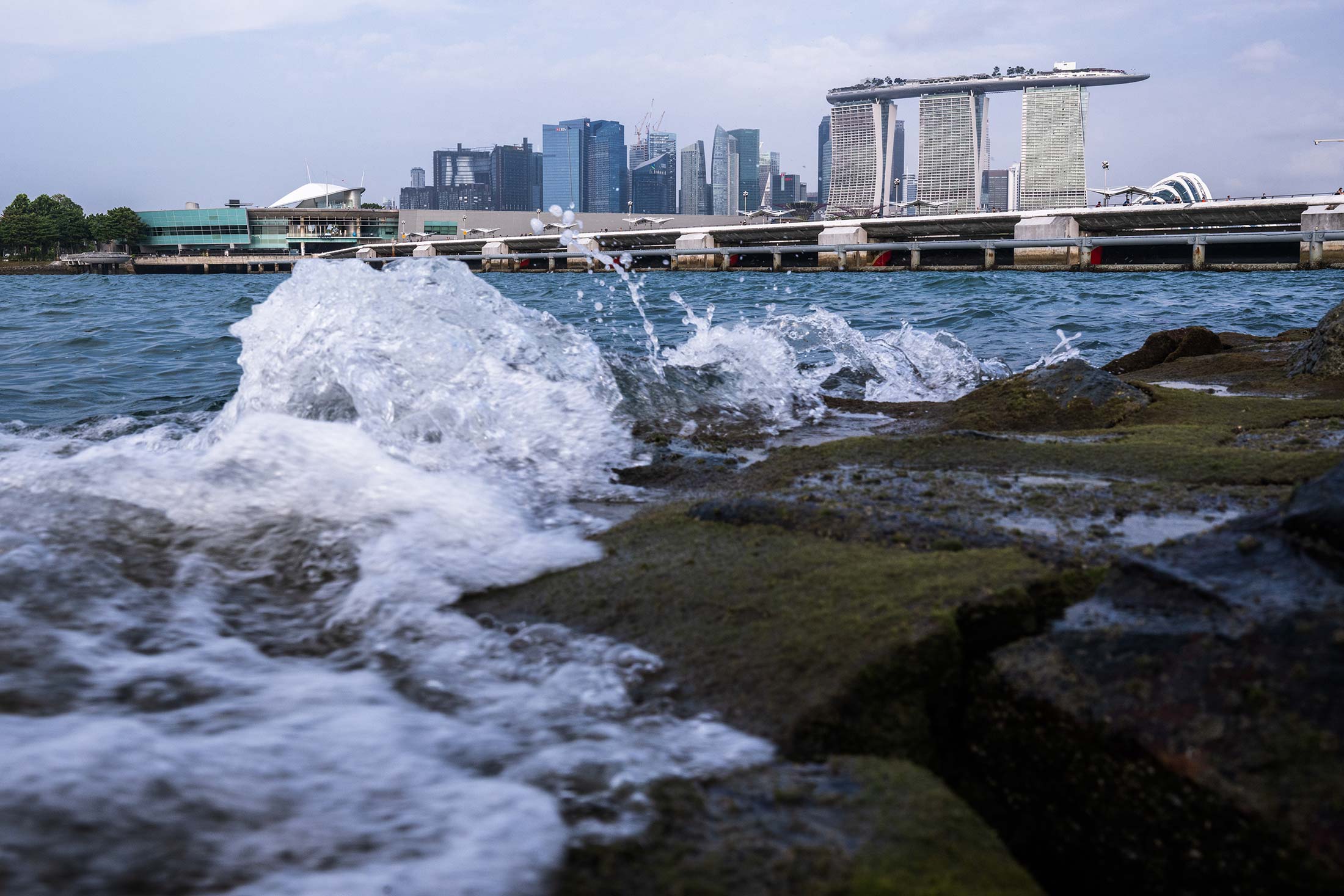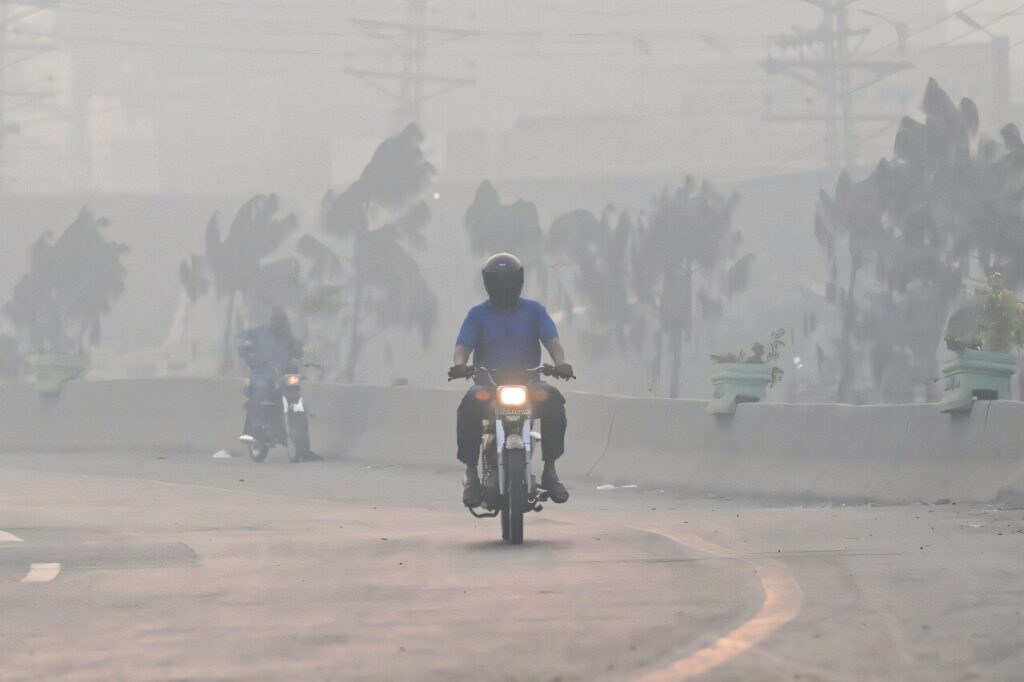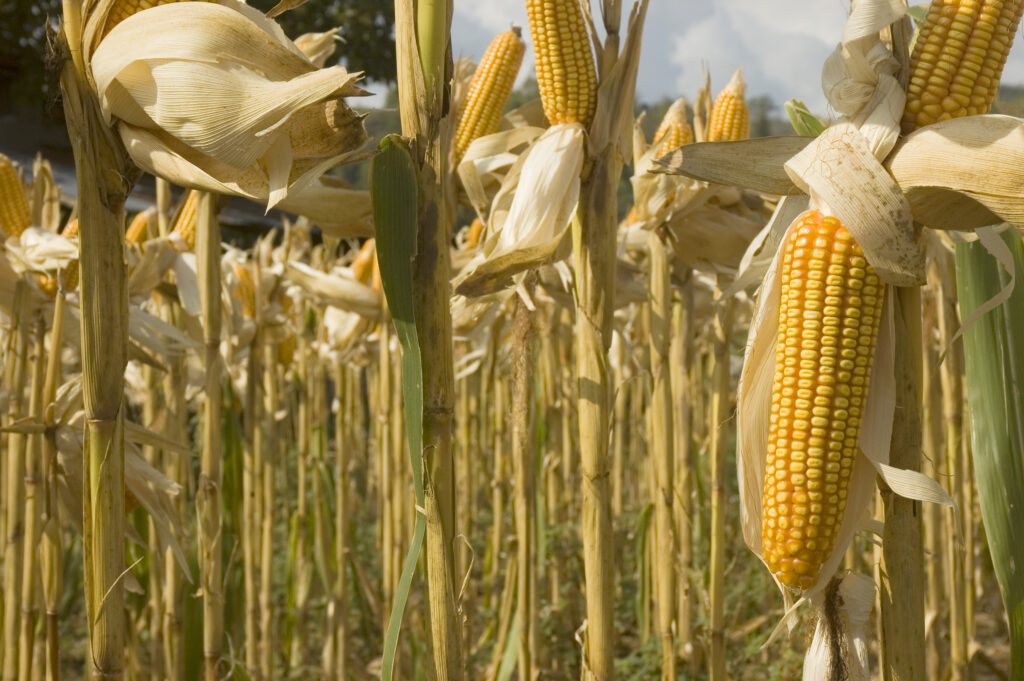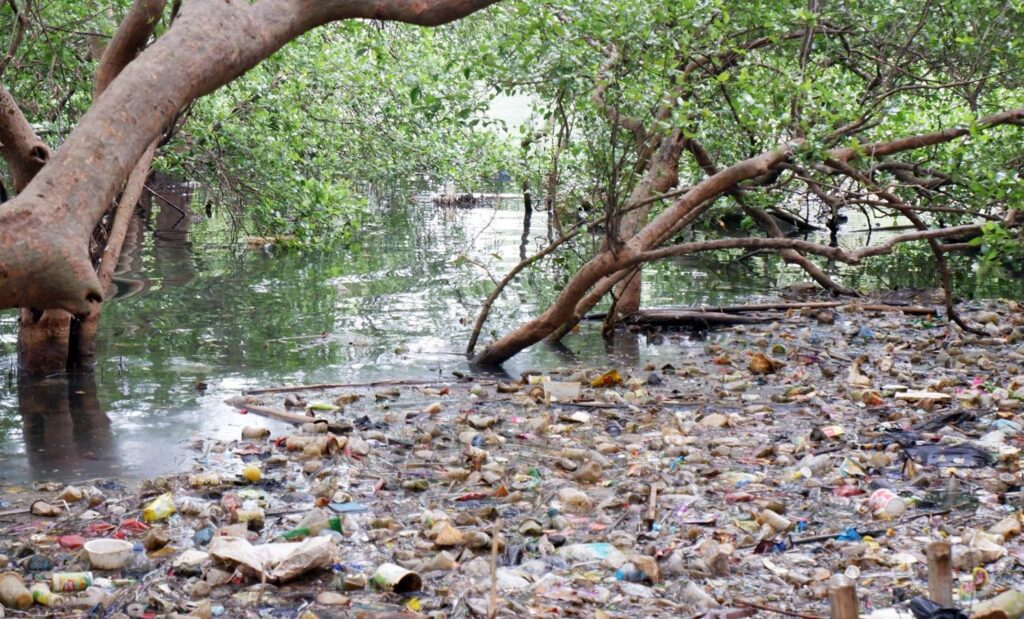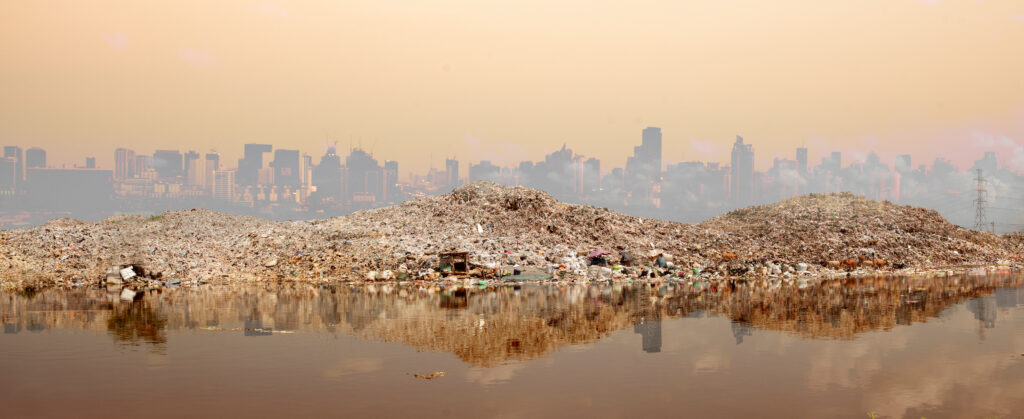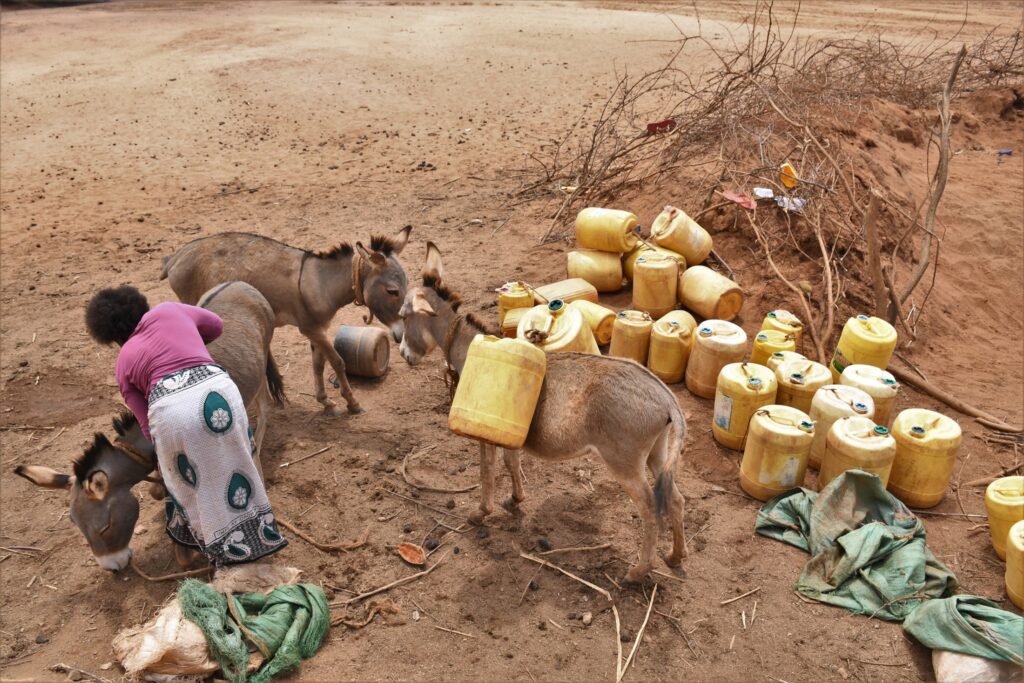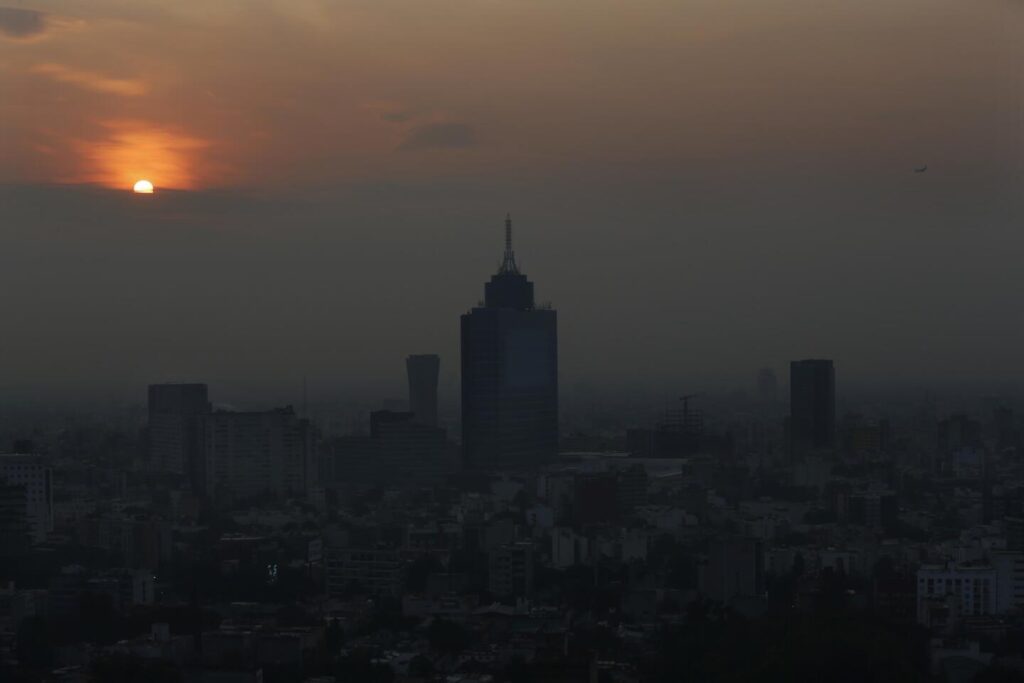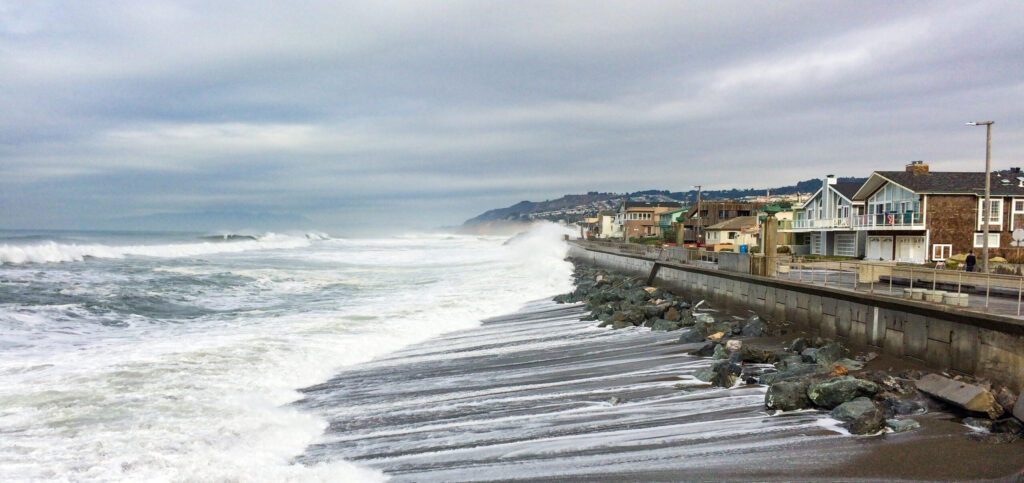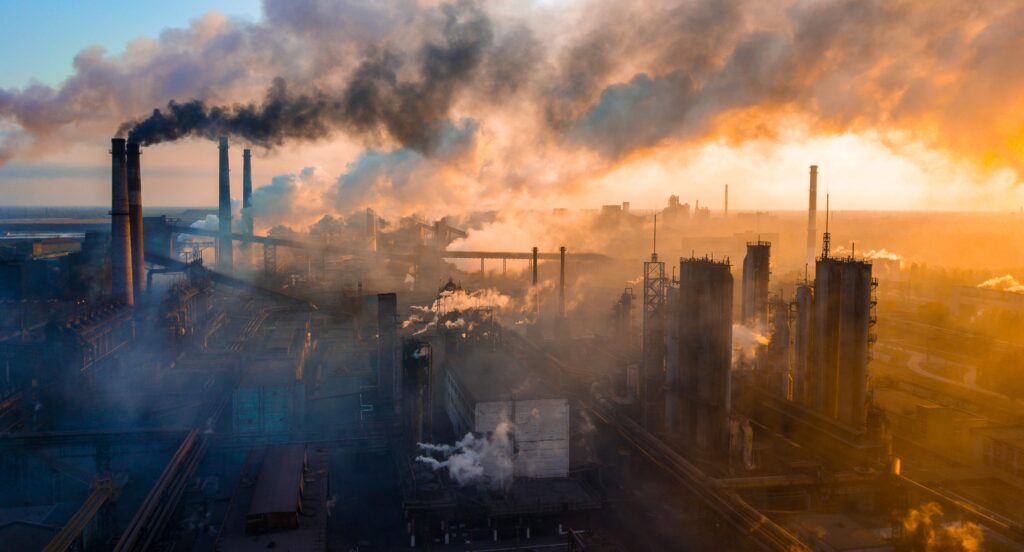Climate Change in Singapore 2024
Climate change in Singapore is a real threat. Climate change is a global challenge with localised impacts that pose challenges to countries like Singapore. Singapore’s unique geographic and demographic situation makes it particularly vulnerable to the adverse effects of climate change.
Recognising this, Singapore has adopted various policies and goals to combat these challenges – such as a carbon tax covering 43% of the country’s emissions, a goal for 80% of buildings to be certified “green” by 2030 and the aim of being net-zero by 2050.
However, global climate watch groups warn that these actions are not enough. Climate Action Tracker rates Singapore’s climate policy as “highly insufficient”, with significant emissions gaps in domestic policy and meeting the country’s fair share emissions reductions. If all countries had policies similar to Singapore’s, global temperatures would rise 3-4°C by the end of the century.
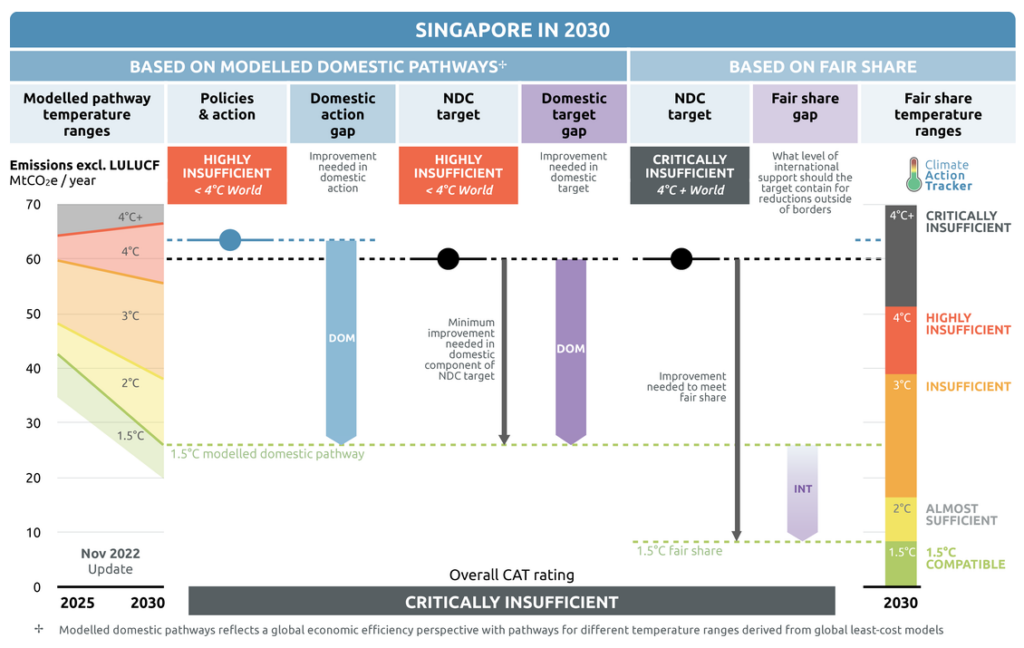
This should be a wake-up call for the nation’s leaders. Global climate mitigation and adaptation strategies are necessary to achieve net-zero emissions, and each country must do its part. Without improved policy, Singapore will remain a laggard and is at risk of catastrophic climate impacts.
What Causes Climate Change in Singapore?
In Singapore, the primary contributors to climate change are similar to those worldwide: the emission of greenhouse gases, primarily from fossil fuels. While Singapore’s carbon emissions are relatively small in global comparison, they are significant on a per capita basis. Singapore ranks 61st in per capita emissions and second in per capita fossil fuel consumption.
This high per capita emissions rate is driven by its urbanised environment and economic activities, particularly in sectors such as transportation, industry and energy production. It serves as a regional hub for shipping and heavy industries like petrochemicals and fossil fuel refining. Nearly one-third of all petroleum moves through the Strait of Malacca adjacent to Singapore, and Singapore is a top-three oil trading and refining hub.
While the country’s domestic policy is to move away from fossil fuels, its role in facilitating the global fossil fuel economy remains. These are inexplicably linked, and a failure to address its larger role in international fossil fuel trade is a failure of the country’s policy as a whole.
How Does Climate Change Affect Singapore?
These policies need to step up, particularly when climate change is already impacting Singapore. As a low-lying island nation, two primary concerns are sea level rise and increased storms.
Over the past 40 years, sea levels in the Strait of Malacca have increased at a rate of 1.2-1.7 mm per year. Additionally, over the same period, average rainfall has increased by 67 mm per decade. Meanwhile, the country had its first cyclone in recorded history.
Combined, these climate impacts signal a warning for Singapore.
Current Environmental Issues in Singapore 2024
These impacts of global warming in Singapore are just the start, and they will accelerate in the coming decades, posing a threat to Singapore’s infrastructure, ecosystem, public health and overall sustainability. Follow are the current environmental issues in Singapore in 2024:
Rising Sea Levels
One of Singapore’s most pressing and direct concerns is rising sea levels. The country’s average elevation is 15 m above sea level, with 30% of the country less than 5 m above sea level. Based on different global warming scenarios, scientists predict sea levels in Singapore will rise between 0.5 and 2.5 m by 2100 and up to 10 m by 2300.
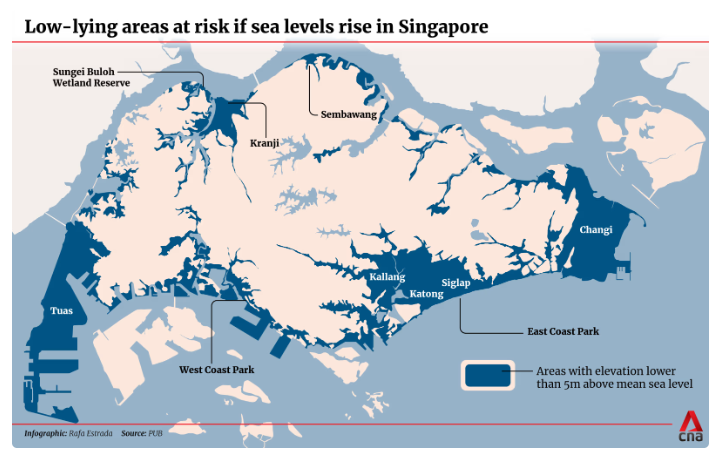
As sea levels rise, parts of the low-lying city state will be inundated with ocean water, making them unlivable and displacing residents and businesses. Furthermore, there is a major concern that ocean water will infiltrate the freshwater supply. Singapore’s water supply largely depends on desalination, local catchment during rain events and importing water from neighbouring Malaysia. Failure of even one of these systems is a significant risk to the country’s economy, food security and population.
Extreme Weather Events
Furthermore, the frequency and intensity of extreme weather events in Singapore, like heavy rainfall and storms, will increase. This may overwhelm existing stormwater systems and lead to more frequent flooding, affecting urban infrastructure, transportation and public safety.
For example, higher sea levels and stronger storm surges will push water even higher. Flood events that were once “100-year floods” will happen more often, driving ocean water deeper into the city.
Increased Temperature and Heat Waves
Singapore is also projected to experience an increase in average temperatures, leading to more frequent and severe heat waves. This has already been seen with record temperatures being broken several times over the last few years.
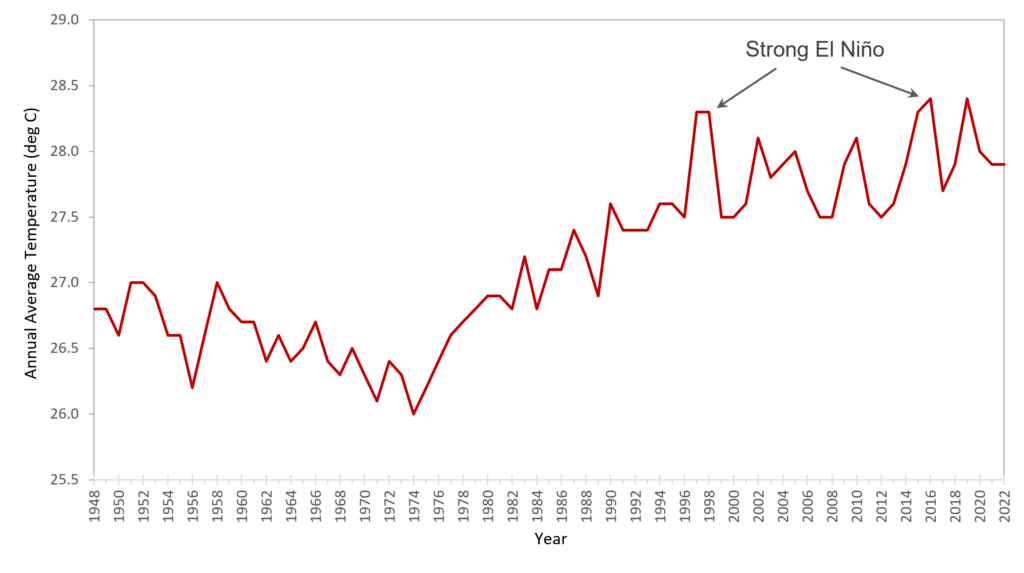
This can profoundly affect public health, energy consumption and even biodiversity. In terms of public health, increased temperatures lead to higher rates of heat-related illnesses, which are a significant concern for older residents and low-income migrant workers. Furthermore, warmer climate creates conditions that increase the spread of mosquito-borne diseases, like dengue fever and malaria. Singapore should reduce emissions intensity.
Singapore Needs More Climate Adaptation and Mitigation
To mitigate these future impacts of climate change in Singapore and manage the inevitable ones, Singapore needs to implement a balanced approach of energy efficiency and adaptation and mitigation strategies. These strategies must be comprehensive, encompassing policy, technology and public behaviour changes. The country’s current policies are a good start, but they are not reaching far enough.
As Singapore continues to navigate its path through a changing world, its actions can serve as a blueprint for other nations facing similar challenges. By connecting the dots between climate science and climate action, Singapore can safeguard its future and contribute to global efforts against climate change.
Eric Koons
Writer, United States
Eric is a passionate environmental advocate that believes renewable energy is a key piece in meeting the world’s growing energy demands. He received an environmental science degree from the University of California and has worked to promote environmentally and socially sustainable practices since. Eric has worked with leading environmental organisations, such as World Resources Institute and Hitachi ABB Power Grids.
Eric is a passionate environmental advocate that believes renewable energy is a key piece in meeting the world’s growing energy demands. He received an environmental science degree from the University of California and has worked to promote environmentally and socially sustainable practices since. Eric has worked with leading environmental organisations, such as World Resources Institute and Hitachi ABB Power Grids.

